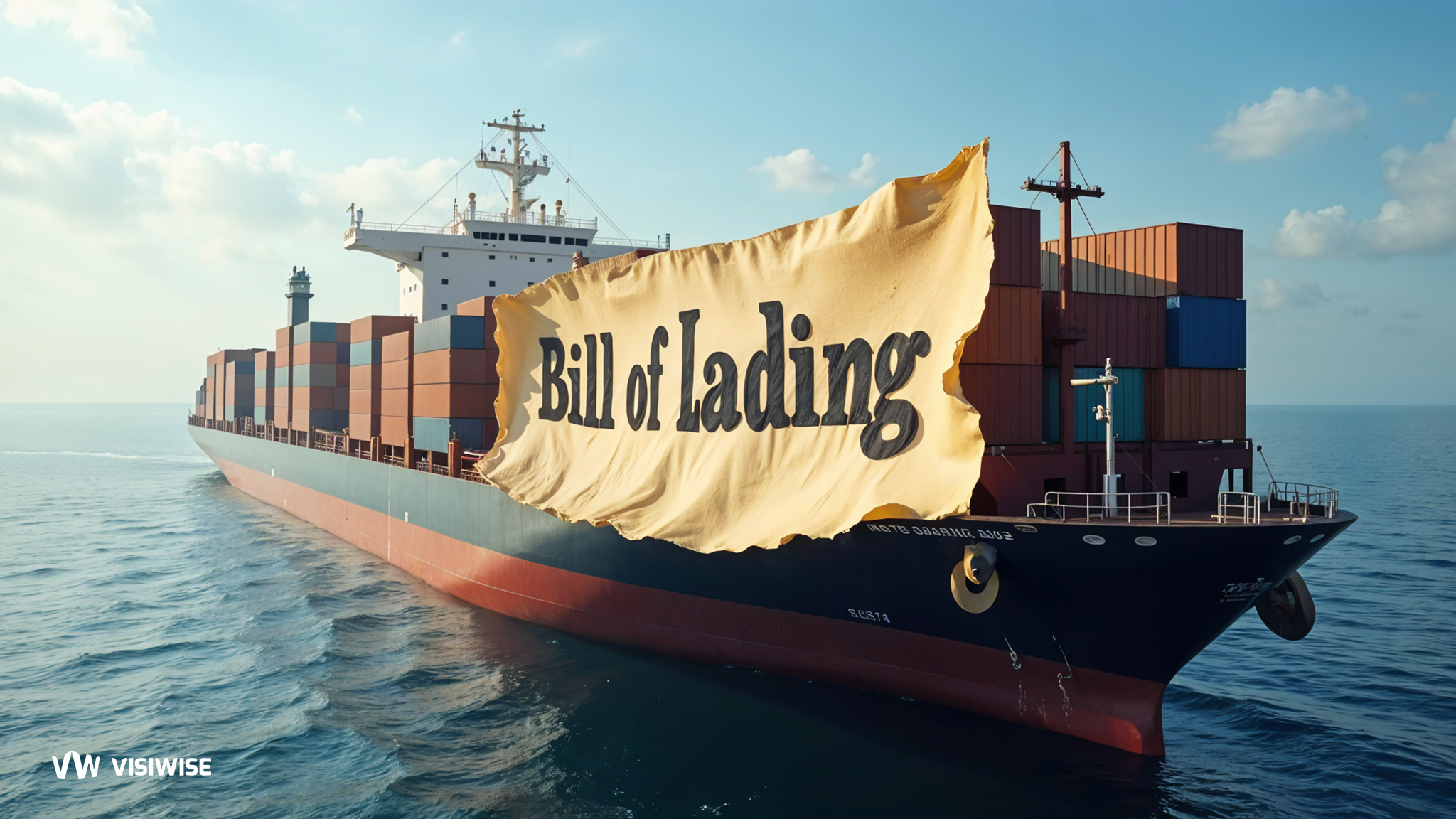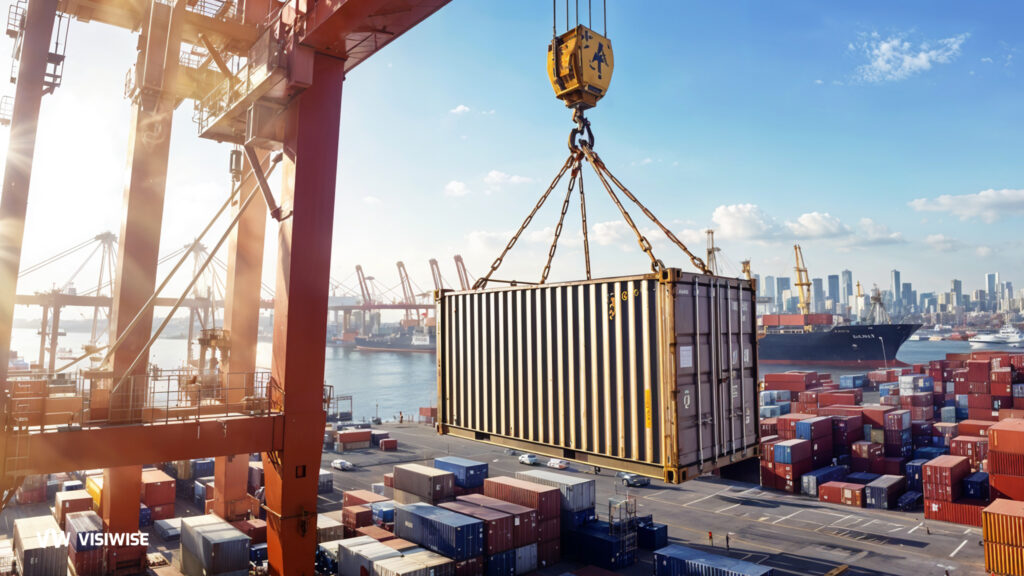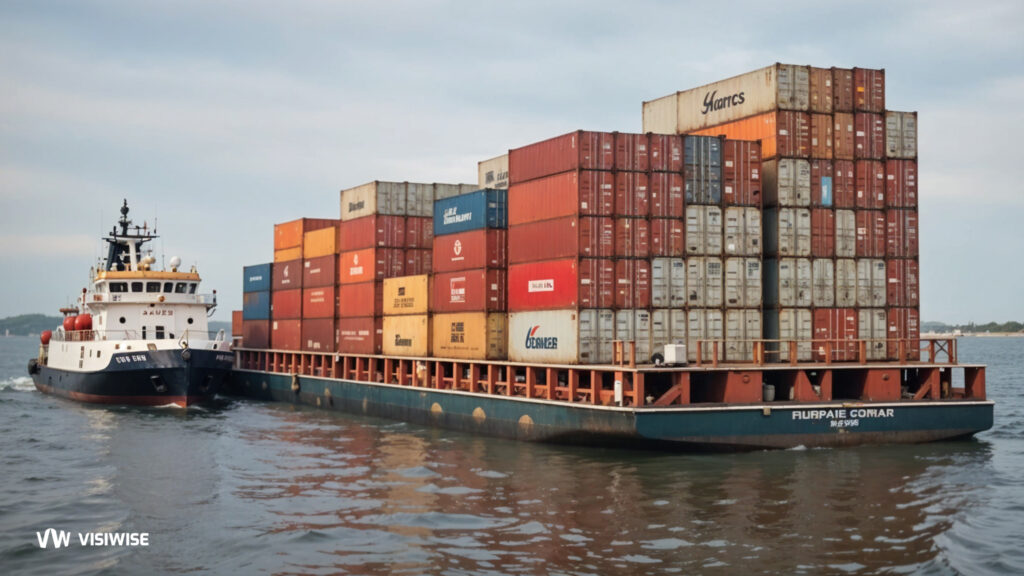A Bill of Lading (B/L) is a key legal document used in the shipping and logistics industry. It serves multiple purposes in the transportation of goods, providing essential details about the shipment and regulating the relationship between the shipper, carrier, and consignee. The obligations of shipowners concerning the receipt, transport, and delivery of cargo are closely tied to the role of bills of lading. Below is a general summary of the functions of bills of lading under English law.
Bill of Lading Features
A Bill of Lading includes several critical features that define its role in the supply chain. These features ensure that it meets both commercial and legal requirements, ensuring safe and efficient transport:
- Identification of the Parties: It lists the shipper, carrier, and consignee, outlining the roles and responsibilities of each.
- Description of the Goods: This includes detailed information about the cargo being shipped, such as weight, quantity, and nature of the goods.
- Terms and Conditions: It specifies the terms of transportation, including any liabilities, responsibilities, and limitations for all parties involved.
- Destination Information: It contains the delivery point, often specifying the port of discharge or the final destination where the goods are to be delivered.
- Transferability: Depending on the type, a B/L can be a negotiable document, allowing ownership of the goods to be transferred to others by endorsing the document.
Functions of a Bill of Lading
A Bill of Lading (B/L) has multiple roles in shipping and is crucial in international trade. Its key functions are:
Evidence of the Contract of Carriage: Although not the contract itself, a bill of lading serves as proof of the agreement between the carrier and the shipper. The actual contract is formed when goods are loaded onto the ship, even before the bill is issued. If damage occurs before the bill’s issuance, the shipper can still claim under the contract of carriage.
The contractual carrier under a bill of lading can either be the physical carrier (ship owner or charterer) or another party like the sub-charterer.
Receipt of Goods: The bill of lading confirms the carrier’s receipt of the goods and provides evidence of the condition and quantity upon loading. It details the marks, number, quantity, and weight of the goods, along with the place of issue, and the load and discharge ports. The Hague-Visby Rules (HVR) make this information conclusive evidence between the carrier and any third-party receiver who acquires the bill in good faith.
It’s crucial for shipowners or charterers to ensure the bill accurately describes the goods. If the goods are in good condition when loaded but damaged afterward, a clean bill should still be issued. Survey reports are often referenced but do not provide sufficient protection unless attached and numbered as part of the bill of lading.
Document of Title: The lawful holder of the bill of lading can take possession of the goods by surrendering the original bill. Unlike a straight bill, which isn’t transferable, or a sea waybill (where identification suffices for delivery), a bill of lading confers rights to the goods, although ownership is determined separately by the sale contract.
Sometimes confusion arises when a cargo claimant demands delivery of goods at a discharge port under a bill of lading. The claimant might be a party to a sale contract but not the consignee, making them ineligible for delivery if they aren’t the rightful holder of the bill.
Relationship with Charterparty: A bill of lading’s role is closely tied to a ship’s charterparty. Masters must be careful when asked to alter delivery details or issue bills in exchange for a Letter of Indemnity (LOI). Orders from charterers should always be weighed against the carrier’s obligations under the carriage contract, as conflicting instructions can lead to cargo claims.
Liabilities of the Physical Carrier: The ship owner’s liability under the bill of lading arises from their role as the physical or contractual carrier. In some legal jurisdictions, physical carriers may be held jointly liable as the contractual carrier, even if another party is named in the bill.
Other secondary functions of the Bill of Lading
- Evidence of Freight Payment: The Bill of Lading often contains information regarding freight charges. It can serve as proof that the transportation charges have been agreed upon or paid, depending on the terms between the parties.
- Customs and Legal Documentation: The B/L is an essential document for customs clearance in international trade. It provides critical information about the shipment required by customs authorities for the release of goods, as well as for regulatory compliance and duty assessment.
Conclusion
The Bill of Lading plays a vital role in the movement of goods, functioning as a receipt, title, contract, evidence of payment, and a legal document for customs clearance. Its multifunctional nature makes it indispensable in global trade and logistics, ensuring that all parties are protected and that the goods are transported efficiently and legally.



